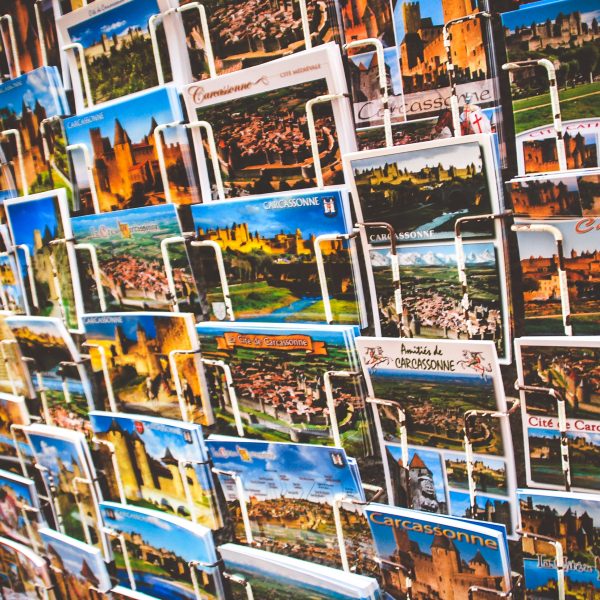What are bush kinders? And what makes a good one?

In Australia we have a long history of taking children outdoors to learn about the natural environment. But thanks to computer games, tablets and busy lifestyles, children aren’t getting as much exposure to nature as they used to.
“Bush kinders” are one way to counter this. In a bush kinder, children in preschool years are regularly taken into the natural environment by their daycare centre or kinder/preschool. There are also standalone nature playgroup programs offered by organisations like the YMCA.
What are bush kinders?
Australia’s Early Years Learning Framework (which supports learning for children under five) talks about the importance of the natural world, noting educators should:
encourage children to develop appreciation of the natural world, understand our impact on the natural world, and the interdependence between people, animals, plants, lands and waters.
Bush kinders deliberately and regularly take children into the natural world so they can experience this firsthand.
There is no national figure for bush kinders in Australia. But there are currently more than 200 bush kinder programs in Victoria alone (these are otherwise regular services that offer bush kinder sessions as part of their overall program). These numbers will grow rapidly thanks to the recent bush kinder funding in the 2023 Victorian budget. We should expect another 600 bush kinder programs in the state by 2027.
What can they teach children?
Research shows bush kinders can happen in almost any outdoor place. It could be a forest, beach, rural area, garden or a park.
Bush kinders work best without playground equipment, toys, balls or other items. This is so children are challenged to play with only what nature provides. They can climb, dig, balance, explore or hide.
While playing, children can build STEM skills. Our research showed children’s maths skills can benefit from bush kinder time – as they count and sort sticks, rocks, leaves and gumnuts into piles.
Educators have also told us bush kinders can help children’s social and emotional learning. In the natural world, they can take risks for example, exploring a new area and develop their resilience.
Bush kinders are supposed to be fun, discovery-filled places to learn about nature. It is only a child’s imagination that limits their play.
What makes a good bush kinder?
Parents can find bush kinders by looking at kindergarten or early learning centre websites. Many centres actively promote their bush kinder programs.
Good bush kinders will be in spaces that are natural and have different aspects for children to explore.
But many different places and environments can work. It can have tall trees that are great for climbing or birds to nest. There can be soft earth or sand for digging. There may be ant trails to watch, fallen leaves to count or sticks to collect and make a pattern with.
In recent research, we watched children at a park learn about weather and space by lying back, listening to the wind and watching the clouds.
What role do educators have?
While bush kinder experiences should be led by children’s curiosity, they also need to be supported by their educator to take appropriate risks and build their resilience. For example, educators can actively encourage children to climb trees as long as they feel safe.
Our recently published research examined bush kinder educators teaching children about sustainability and the natural world. They do not need specific extra training for this on top of their existing expertise in early education and play-based learning).
For example, at a beach kinder, if the tide is low, rock pools will exposed, children can explore under the water, get their feet wet and measure how deep the water is. The next week, the tide might be high. So children dig, play with shells, roll about and write their name in the sand.
Enthusiasm for the natural world
Bush kinder must be more than taking children to a park occasionally for a walk.
It needs to be a regular part of a daycare or kinder/preschool’s program. The lessons also need to be applied back in the classroom or service. For example, educators can take learning about the weather and create a weather chart.
Teachers of course also need enthusiasm for the natural world. Imagine my excitement during a recent research trip when a seal glided past at a beach kinder and the children and educators screamed excitedly. Children can see the joy that we as adults experience when nature surprises us.![]()
Chris Speldewinde, Lecturer, The University of Melbourne
This article is republished from The Conversation under a Creative Commons license. Read the original article.
Popular

Workforce
Policy
Quality
Practice
Provider
Research
ECEC must change now, our children can’t wait for another inquiry
2025-07-02 07:47:14
by Fiona Alston

Workforce
Practice
Provider
Quality
Research
Supporting successful transitions: Big moves, big feelings
2025-06-26 11:00:30
by Fiona Alston

Quality
Practice
Provider
Research
ECEC in focus - Una Springwood’s intergenerational initiative brings young and old together through connection and care
2025-06-30 10:00:45
by Contributed Content












